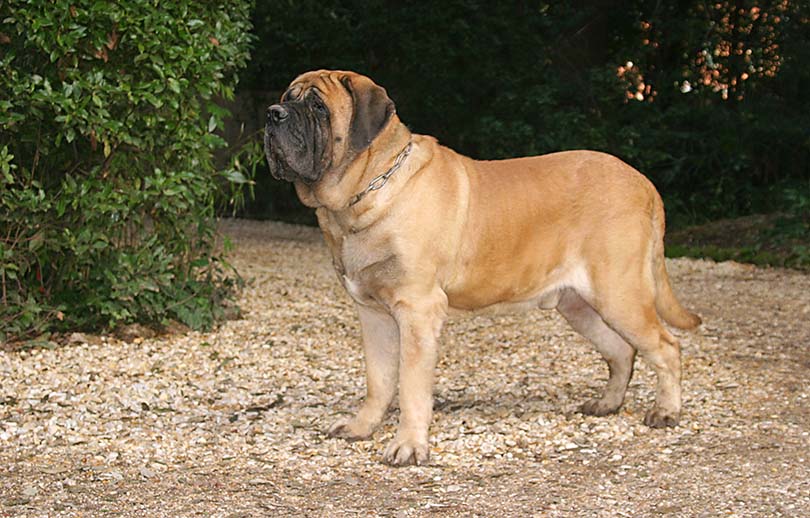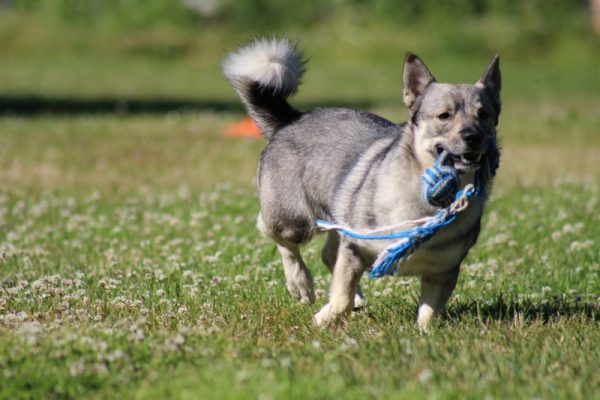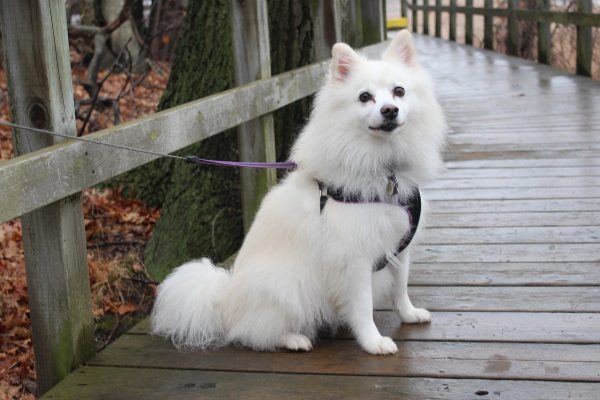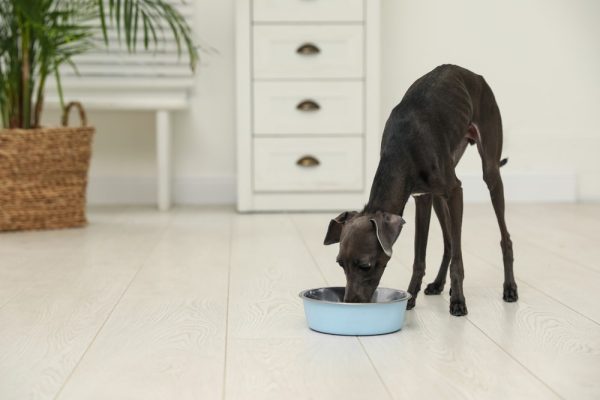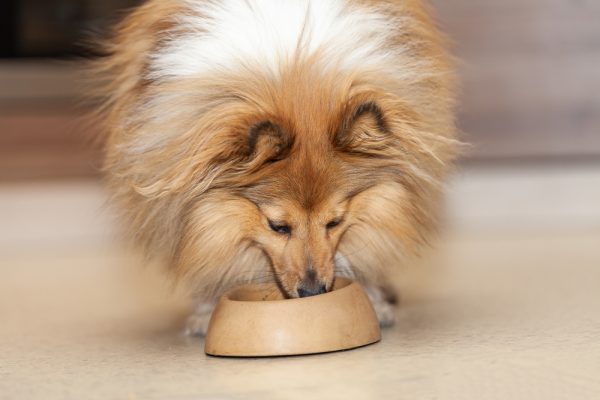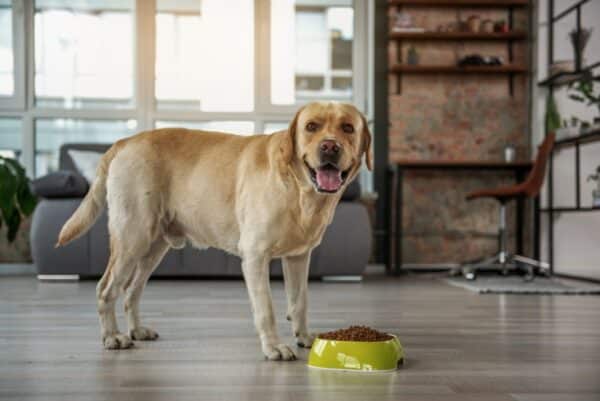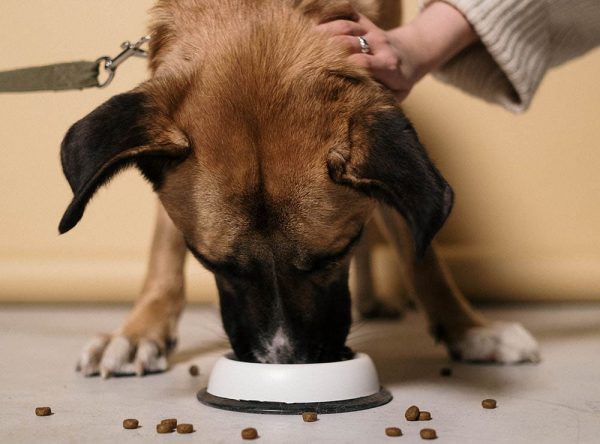In this article
English Mastiffs have cute, wrinkled faces, sleek coats, and lovable personalities. Who wouldn’t want one? Well, if you’re an allergy sufferer, you should look for another pet. English Mastiffs are not hypoallergenic—in fact, they’re likely to be worse than average when it comes to allergy attacks.
If you want to own an English Mastiff and have mild allergies, you may be able to live with one comfortably. But if you have severe allergies, it’s better to pick a different breed.

What Causes Dog Allergies?
If you have a dog allergy, it’s because your immune system reacts to two proteins that only dogs produce—Can F1 and Can F2. Both proteins are found in their skin, dander, sweat, and saliva. You can get an allergic reaction from touching a dog, but it can also come from dander and hair that floats through the air and gathers on surfaces. That’s why being in a dog owner’s home can cause allergic reactions.
There’s no such thing as a hypoallergenic dog; all dogs produce Can F1 and F2. But some dogs are more hypoallergenic than others. We don’t know enough right now about what controls protein production, but some dogs produce less of the protein than others. And more importantly, there’s a massive difference in how much dander different breeds produce and shed into the air. You might still be allergic to a low-shedding dog, but you won’t notice it as much because there’s not as much in the air.
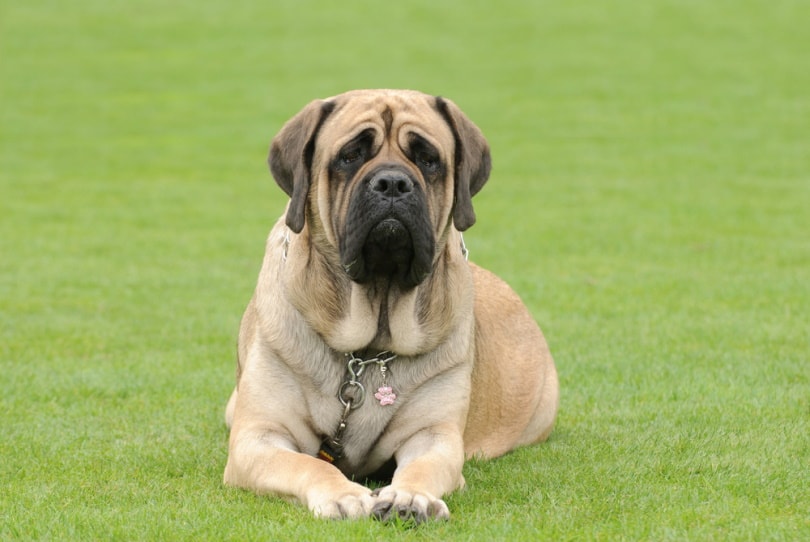
But Short-Haired Dogs Are Better, Right?
Many people think that if you want a dog that sheds less, you should get a short-haired dog like an English Mastiff. But short, dense coats like Mastiff coats are some of the worst for shedding. Even though their hair is short and smooth, Mastiffs have a double coat of fur that will grow and shed quickly. Their moderate year-round shedding will become extra heavy during the spring and fall as Mastiffs prepare their coats for changes in the weather. All this shedding is a problem for anyone with dog allergies.

Can You Ever Make an English Mastiff Safer for Allergies?
English Mastiffs might not be hypoallergenic, but if you only have mild allergies, you can reduce the amount of dander in your home in several ways. They are primarily environmental changes that make your living space cleaner and safer. Here are some of the best ways to help:
1. Get a Female Dog
Female dogs tend to produce less of the Can F1 and F2 proteins than males. That means that even if two dogs shed the same amount, the female will probably cause less of a reaction.
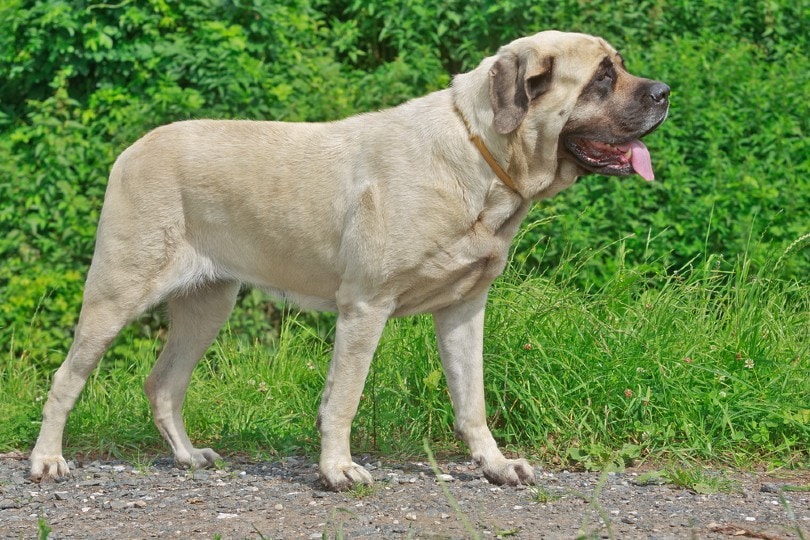
2. Give Extra Grooming
Mastiffs don’t need grooming to avoid tangles or regular haircuts, but they should still be brushed at least once a week. Brushing your English Mastiff once a week and more often during high-shedding seasons can help you catch dander and loose hair in the brush so it won’t end up floating through the air.
3. Keep Your Bedroom Safe
Limiting your dog’s access to the places you spend the most time, like a bedroom or office, can help you manage your allergies and reduce symptoms. It also gives you a place to retreat to if you have an allergy flare-up.
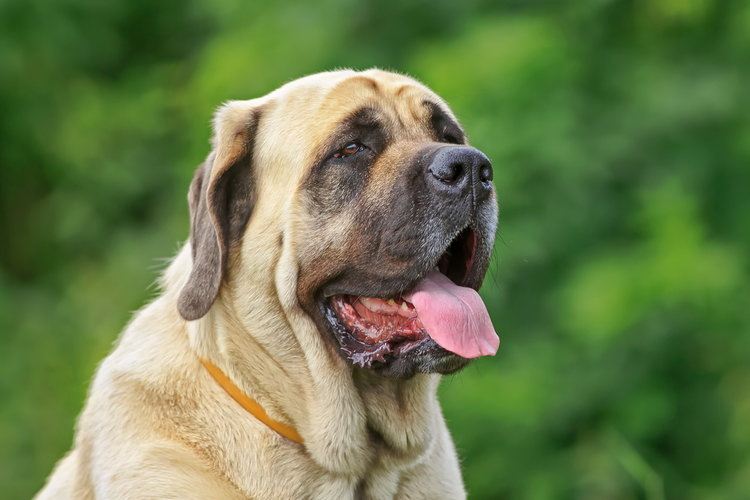
4. Get an Air Filter
Air filters catch dander, trapping it before it hits your nose. They reduce free-floating dander, dust, and germs in your home, making it safer and cleaner.
5. Vacuum, Vacuum, Vacuum
Dander can also accumulate on surfaces. Dusting and vacuuming regularly, especially anywhere that hair likes to settle, is a great way to reduce allergens and keep your home cleaner. Some owners also like to put a blanket or cover over their dog’s favorite couch or chair to make it easy to clean.
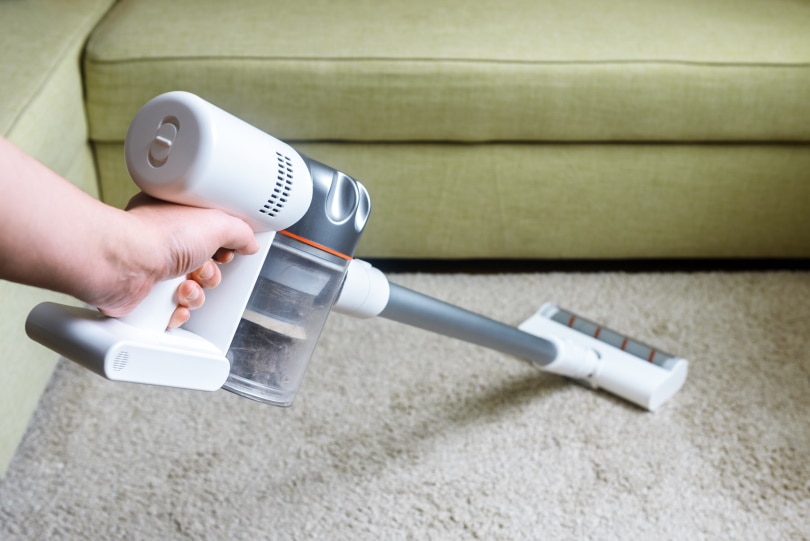

Last Thoughts
English Mastiffs make fantastic pets, but they’re not for everyone. If you’re an allergy sufferer, you’re probably better off sticking with a different breed. Their fur is dense and sheds frequently, and they’re likely to trigger people with allergies. If you have mild allergies to dogs, there are ways to control the allergens, but you probably won’t eliminate the symptoms altogether.
- See also: How To Groom a Mastiff: 10 Expert Tips
Featured Image Credit: Ricantimages, Shutterstock
